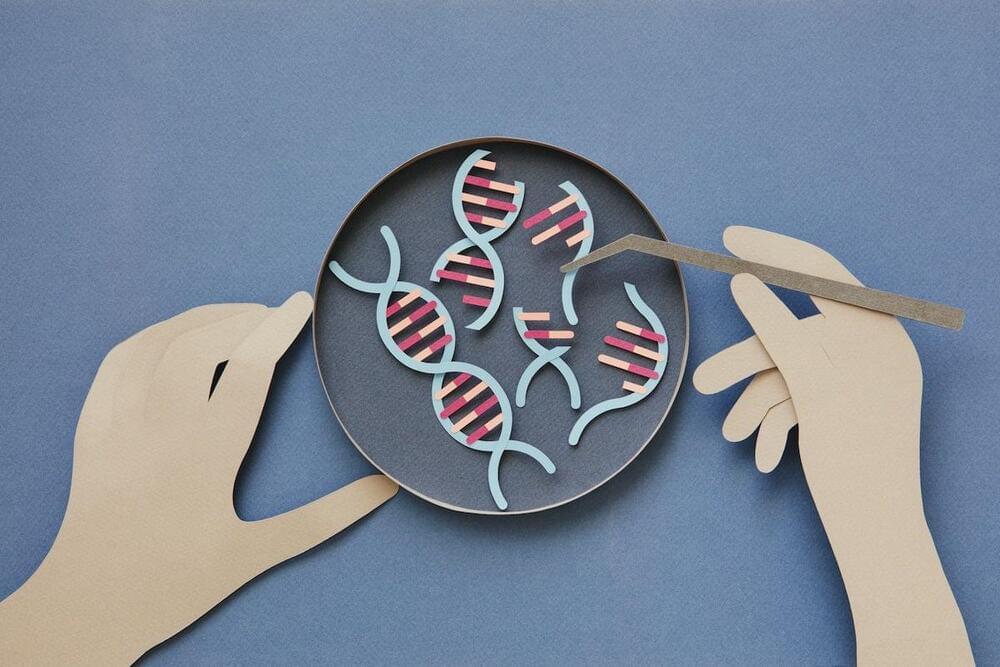👁️🔍 Scientists have developed a transparent camera using see-through technology, paving the way for hidden eye tracking devices in everyday objects. #InvisibleInnovation
The problem is that placing a camera in front of the eyes tends to block the view. And mounting them further away makes them less accurate, more bulky and often more power hungry because of the extra data processing they require. This has limited their utility in many situations.
What eye trackers need is a way of hiding light sensitive pixels in plain sight.
Enter Gabriel Mercier at The Barcelona Institute of Science and Technology in Spain and colleagues who have built transparent photodetectors that can make cameras more or less invisible. They have tested their device and shown it could enable a new generation of eye tracking devices built into ordinary objects such as spectacle lenses, computer monitors and windows. “The operation and appearance of transparent image sensors present a fundamental shift in how we think about cameras and imaging, as these devices can be concealed in plain sight,” they say.









